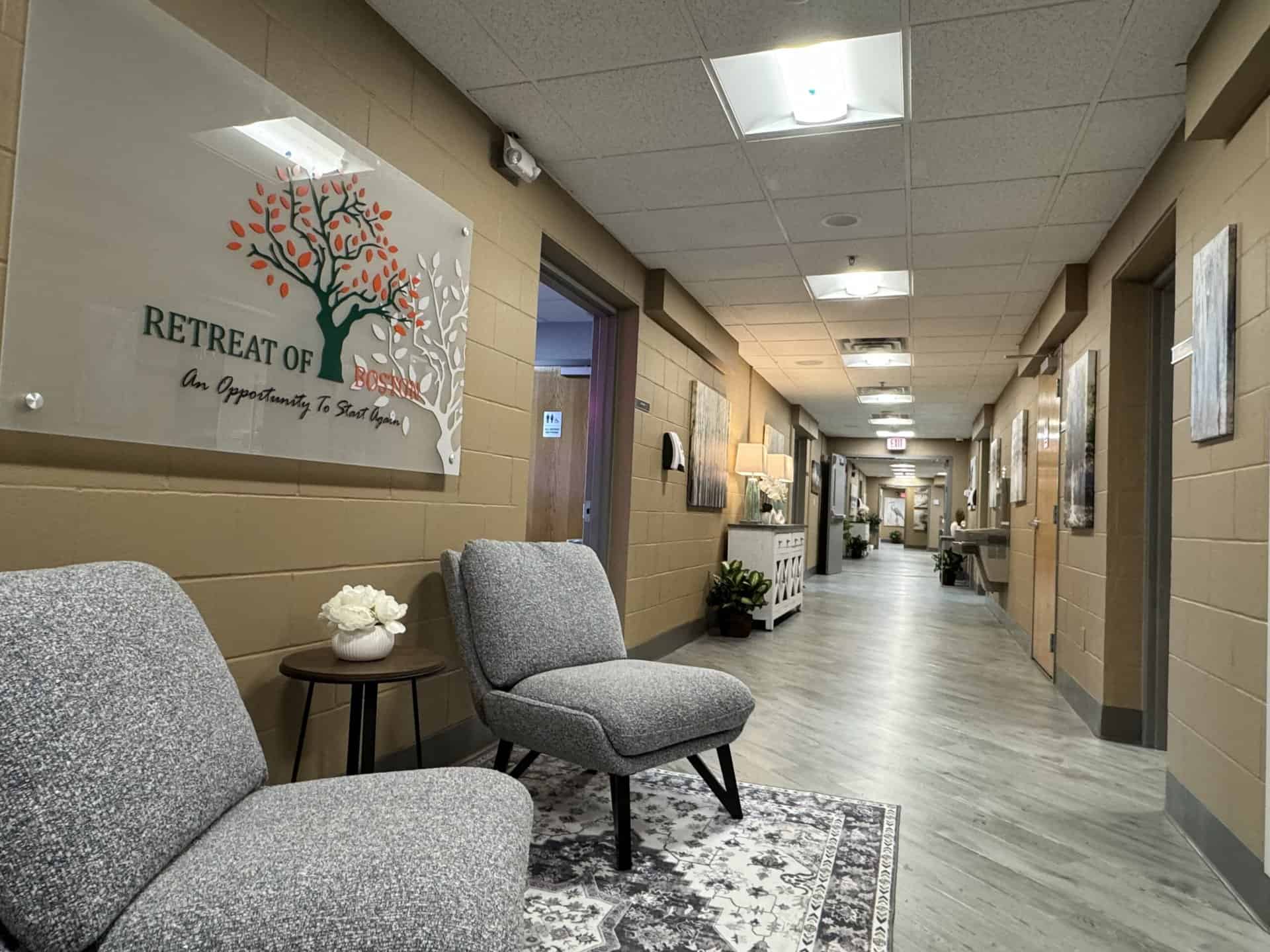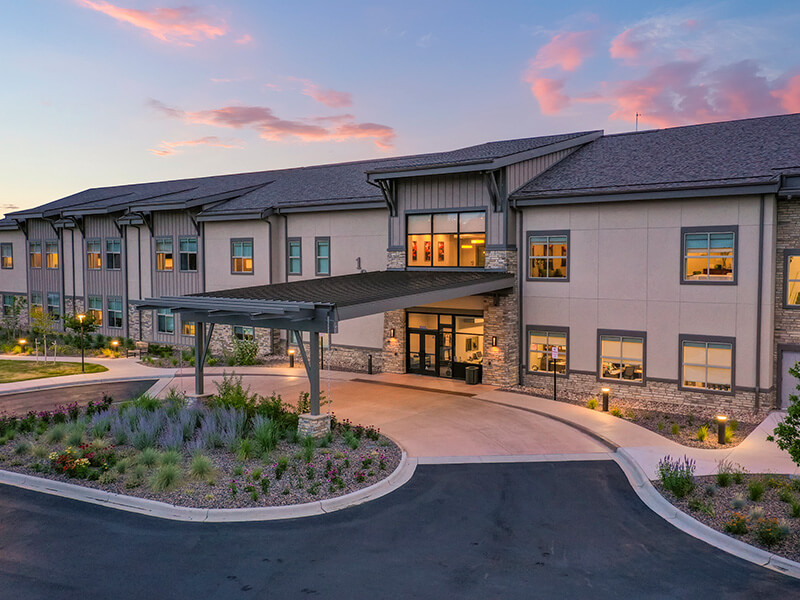Eating disorders are complex mental health conditions that can have severe physical and emotional consequences. Individuals grappling with conditions such as anorexia nervosa, bulimia nervosa, and binge-eating disorder often find themselves on a challenging journey towards recovery. For many, rehabilitation becomes a crucial step in the path to healing and cultivating a healthy relationship with food. In this blog post, we’ll explore the profound impact of eating disorders, the role of rehabilitation in recovery, and how individuals can work towards fostering a positive connection with food.
Understanding Eating Disorders
Eating disorders are characterized by abnormal eating behaviors and unhealthy attitudes towards food and body image. These disorders often result in severe physical and psychological consequences, and they can be life-threatening if left untreated.
Common eating disorders include:
- Anorexia Nervosa: Characterized by extreme calorie restriction, fear of gaining weight, and a distorted body image. Individuals with anorexia often see themselves as overweight even when they are dangerously underweight.
- Bulimia Nervosa: Involves recurring episodes of overeating followed by purging behaviors such as vomiting, excessive exercise, or laxative use. People with bulimia often experience a sense of loss of control during binge-eating episodes.
- Binge-Eating Disorder: Similar to bulimia but without the purging behaviors. Individuals with binge-eating disorder frequently consume large amounts of food in a short period, often feeling distress and guilt afterward.
- Avoidant/Restrictive Food Intake Disorder (ARFID): Characterized by highly selective eating habits, avoidance of certain foods or food groups, and significant weight loss or nutritional deficiencies.
- Orthorexia: An obsession with healthy eating that can lead to restrictive eating patterns, anxiety around food choices, and social isolation.
The Impact of Eating Disorders
Eating disorders can have severe and wide-ranging effects on both physical and mental health.
Some of the physical consequences include:
- Malnutrition and nutrient deficiencies.
- Weight loss or gain.
- Cardiovascular problems.
- Gastrointestinal issues.
- Electrolyte imbalances.
- Bone density loss (osteoporosis).
Mentally, eating disorders can lead to:
- Anxiety and depression.
- Obsessive thoughts about food, weight, and body image.
- Isolation and withdrawal from social activities.
- Low self-esteem and self-worth.
- Self-destructive behaviors.
It’s crucial to recognize that eating disorders are not solely about food; they often serve as a coping mechanism for underlying emotional, psychological, or trauma-related issues.
Effective treatment, including rehabilitation, addresses not only the physical aspects but also the underlying emotional factors driving the disorder.
The Role of Rehabilitation in Eating Disorder Recovery
Rehabilitation plays a vital role in the recovery journey of individuals with eating disorders. It provides a structured and supportive environment where individuals can focus on healing physically, emotionally, and psychologically.
Here are some key aspects of rehabilitation in eating disorder recovery:
- Medical Stabilization:
- In severe cases of eating disorders, individuals may require medical intervention to address immediate health risks. Rehabilitation centers have medical professionals who can monitor and stabilize individuals’ physical conditions, addressing issues like malnutrition, electrolyte imbalances, and heart problems.
- Nutritional Rehabilitation:
- Nutritionists and dietitians in rehabilitation centers work with individuals to develop balanced eating plans tailored to their specific needs. These plans promote gradual weight restoration and nutritional rehabilitation while challenging harmful beliefs and behaviors related to food.
- Individual and Group Therapy:
- Rehabilitation programs typically include individual and group therapy sessions. Individual therapy helps individuals explore the underlying causes of their eating disorder and develop coping strategies. Group therapy provides a sense of community and allows participants to share their experiences and receive support.
- Behavioral Therapy:
- Cognitive-behavioral therapy (CBT) and dialectical-behavior therapy (DBT) are commonly used in eating disorder rehabilitation. These therapies help individuals identify and change harmful thought patterns and behaviors related to food and body image.
- Holistic Approaches:
- Many rehabilitation centers incorporate holistic therapies such as art therapy, yoga, mindfulness, and meditation. These practices help individuals connect with their bodies and emotions in a healthy way and develop coping skills.
- Family Involvement:
- Involving family members in the treatment process can be beneficial, especially for adolescents with eating disorders. Family therapy helps address family dynamics and provides education and support for loved ones.
- Relapse Prevention:
- Rehabilitation programs often focus on relapse prevention strategies. These include recognizing triggers, building a strong support network, and developing healthy coping mechanisms.
Challenges in Eating Disorder Rehabilitation
Eating disorder recovery can be a challenging and complex process, and rehabilitation is not without its difficulties.
Here are some common challenges:
- Resistance to Treatment:
- Individuals with eating disorders may resist treatment due to the deep-seated beliefs and fears associated with food and body image. Overcoming this resistance requires patience, empathy, and a non-judgmental approach from treatment providers.
- Co-occurring Disorders:
- Eating disorders frequently co-occur with other mental health conditions, such as anxiety, depression, or substance abuse. Addressing these co-occurring disorders is essential for comprehensive recovery.
- Long-Term Commitment:
- Eating disorder recovery is not a quick fix; it often requires a long-term commitment to treatment and ongoing support. Individuals may experience setbacks, and progress can be slow.
- Reintegration into Daily Life:
- After rehabilitation, individuals must navigate the challenges of returning to their everyday lives. This transition can be daunting and may require additional support and guidance.
- Body Image Issues:
- Body image concerns can persist even after physical health has improved. Therapy and support are essential for individuals to develop a more positive body image.
Working Towards a Healthy Relationship with Food
Recovery from an eating disorder is a deeply personal journey, and it’s important to recognize that healing is possible.
Here are some steps individuals can take to work towards a healthy relationship with food:
- Seek Professional Help:
- Reach out to mental health professionals with experience in eating disorder treatment. They can provide assessments and guide you toward appropriate care.
- Build a Support Network:
- Lean on friends and family for support. Consider joining support groups or connecting with others who have gone through similar experiences.
- Challenge Harmful Beliefs:
- Work with a therapist to challenge and reframe harmful beliefs and thoughts about food, weight, and body image.
- Develop Coping Skills:
- Learn healthy coping strategies to manage stress, emotions, and triggers without resorting to disordered eating behaviors.
- Focus on Self-Care:
- Prioritize self-care activities that nurture your physical and emotional well-being. This can include exercise, relaxation techniques, and engaging in hobbies you enjoy.
- Be Patient with Yourself:
- Recovery is not linear, and setbacks can happen. Be patient with yourself and recognize that healing takes time.
- Cultivate Mindfulness:
- Practice mindfulness and intuitive eating to connect with your body’s signals and develop a more balanced and attuned relationship with food.
Real-Life Success Stories
To illustrate the possibilities of recovery from eating disorders, here are two real-life success stories.
Emily’s Journey to Healing:
Emily had struggled with anorexia nervosa for years, leading to severe malnutrition and physical health complications. She entered a rehabilitation program that provided comprehensive medical care and intensive therapy. Over time, Emily worked with her treatment team to address the underlying emotional issues fueling her eating disorder.
Through therapy and support, Emily gradually embraced a healthier relationship with food and her body. She now advocates for eating disorder awareness and has been in recovery for five years.
David’s Path to Transformation:
David’s battle with binge-eating disorder had left him feeling trapped and isolated. He decided to enter a rehabilitation program that specialized in eating disorders. Through group therapy, David connected with others who understood his struggles.
He learned to manage his binge-eating episodes and address emotional triggers. Today, David continues to work on his recovery and has rebuilt his life with healthier eating habits and a positive outlook.
Conclusion
Eating disorders are challenging conditions that require specialized care, and rehabilitation plays a vital role in the recovery process. Through a combination of medical intervention, therapy, and holistic approaches, individuals can heal physically and emotionally.
While the path to recovery may be long and filled with challenges, it is a journey toward cultivating a healthy and harmonious relationship with food and body image. By seeking professional help, building a support network, and committing to self-care and self-compassion, individuals can find their way to a brighter and healthier future.




















